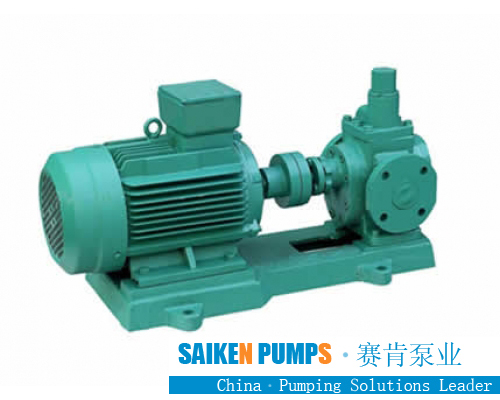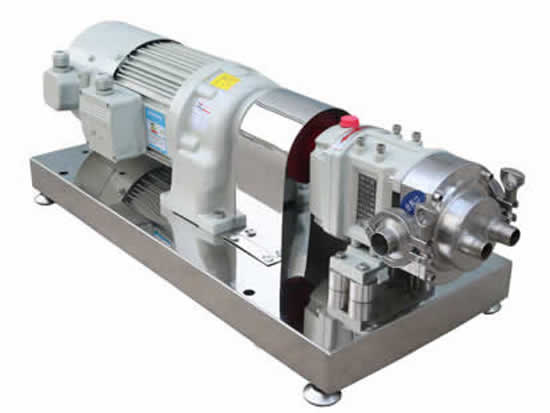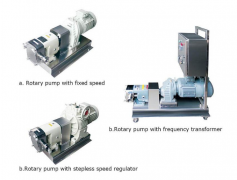Gear pump flow and displacement calculation method
Theoretical displacement and flow rate of the gear pump The theoretical displacement refers to the volume of liquid discharged per revolution without leakage loss. When the number of teeth of the two gears is the same, the theoretical displacement of the external gear pump is:
Gear pumps can be divided into two types: external gearing and internal gearing. External gearing pumps have straight gears, helical gears, human teeth and other gears. Generally, involute gears are used. Internal gear pumps use arc-cycloid gears. Shape or involute tooth shape.
Gear pump mesh classification
The number of gears of external gear pumps are two gears commonly used, and there are only two gears for internal gearing. Gear pumps are suitable for conveying various liquids without solid particles, and can be used as hydraulic oil pumps, fuel pumps, infusion pumps and hydraulic transmission devices. Pump, the viscosity of the conveying liquid is as high as 5×105cSt.
Gear pump theoretical displacement and flow
The theoretical displacement refers to the volume of liquid discharged per revolution of the pump without leakage loss. When the number of teeth of the two gears is the same, the theoretical displacement of the external gear pump is:
qth=πb/2(d20-a2-1/3t20-1/3b2tgbgβg)
Where b——tooth width, m;
d0——The diameter of the top circle of the gear, m;
a——The center distance of the gear, m;
t0——base circle pitch, m;
bg——helix angle on the cylindrical surface, degrees.
The theoretical displacement per revolution of the uncorrected standard spur gear pump is:
gth=2πbm2(z+1-π2/12cos2a)10-3 cm3/r
Where m—— gear module, mm;
z——number of gear teeth;
a——Tool pressure angle, degree.
The theoretical flow rate of the gear pump can be calculated as follows:
Qth=qthn×10-3L/min
In the formula, n——pump speed, r/min.
Taking into account the efficiency is the gear pump flow.
Instantaneous flow of gear pump
The volume of liquid discharged by the pump instantaneously is called the instantaneous flow rate, and the instantaneous theoretical flow rate of the external gear is:
Q’th=2πnb(ra2一r’2一r2gθ2)×10-6 L/min
Where ra——the radius of wheel top circle, mm;
r’——Gear pitch circle radius, mm;
rg——base circle radius, mm;
n——speed, r/min;
b——tooth width, Bin;
θ——helix angle, degree.
When the pump is working, the meshing point of the two gears moves along the meshing line, so 0 is changing, that is, the instantaneous flow of the pump is pulsating, and its pulsating frequency.
The flow pulsation of the gear pump (at the same time causing pressure pulsation) will cause the gear pump to produce noise and vibration. The degree of flow and pressure pulsation is related to the number of teeth. The size of the flow pulsation is expressed by the coefficient of uneven flow:
δ0=(Q’th max-Q’th min)/Q’th min
In the formula, Q’th max——large instantaneous theoretical flow;
Q’th min——small instantaneous theoretical flow.
For external meshing standard spur gear pumps (without unloading grooves) with the same number of teeth and overlap coefficient e greater than l, there are:
δ0=π2ε2cos2a/4(z+1)
Gear pump manufacturers and suppliers from China


